September 20, 2023
May Allam
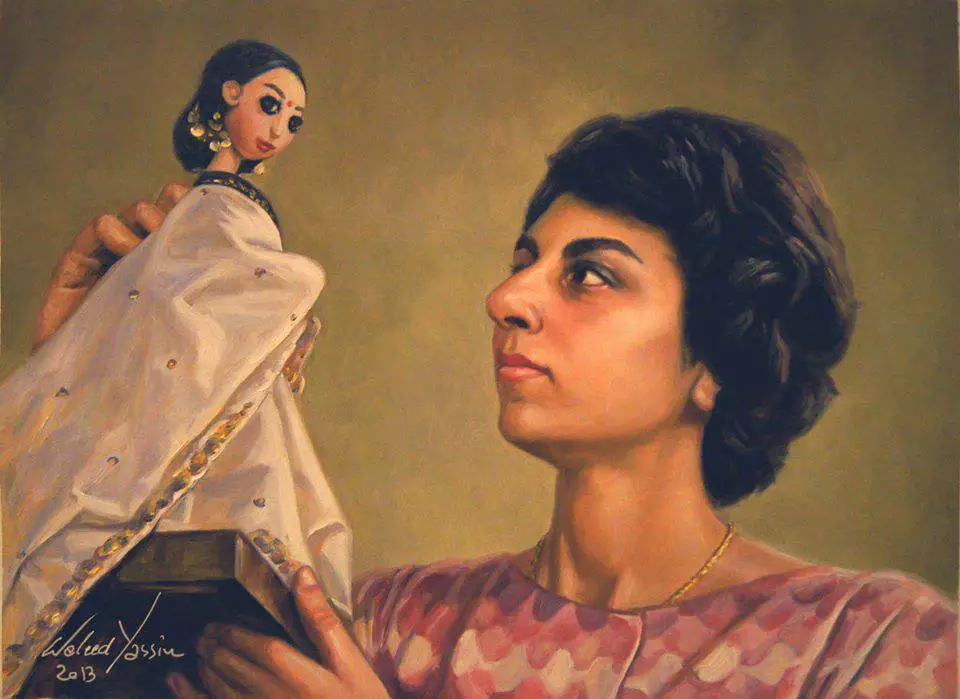
The making of traditional folkloric dolls is a cherished craft that has been carried on for hundreds of years, throughout the world. Egypt is no exception. These dolls are not just toys, but each represent a piece of history, tales of culture and folklore of their artisans.
Made with utmost care, Nadia Hassan, Egypt’s renowned doll maker, brings to life traditional folk dolls that tell stories of rural Egypt’s past and vibrant present. She captivates the spirit of Egypt in the dolls she designs and make herself by hand, each is a unique piece or art.
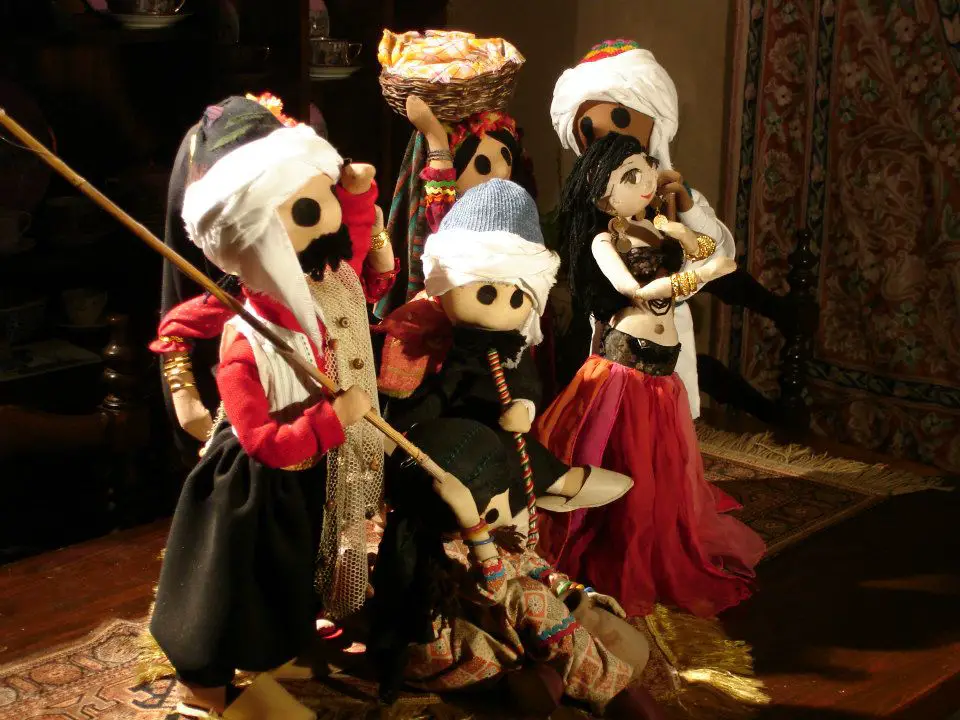
The pioneer doll maker graduated in 1961 with honors as an interior designer from the Faculty of Fine Arts. She studied under some of the renowned artists in Egypt, Hussein Biccar, Salah Taher and Salah Abdul Karim. For her graduation project, she designed the first puppet museum in Egypt, which included puppets; she made herself, representing traditional dolls from all over the world.

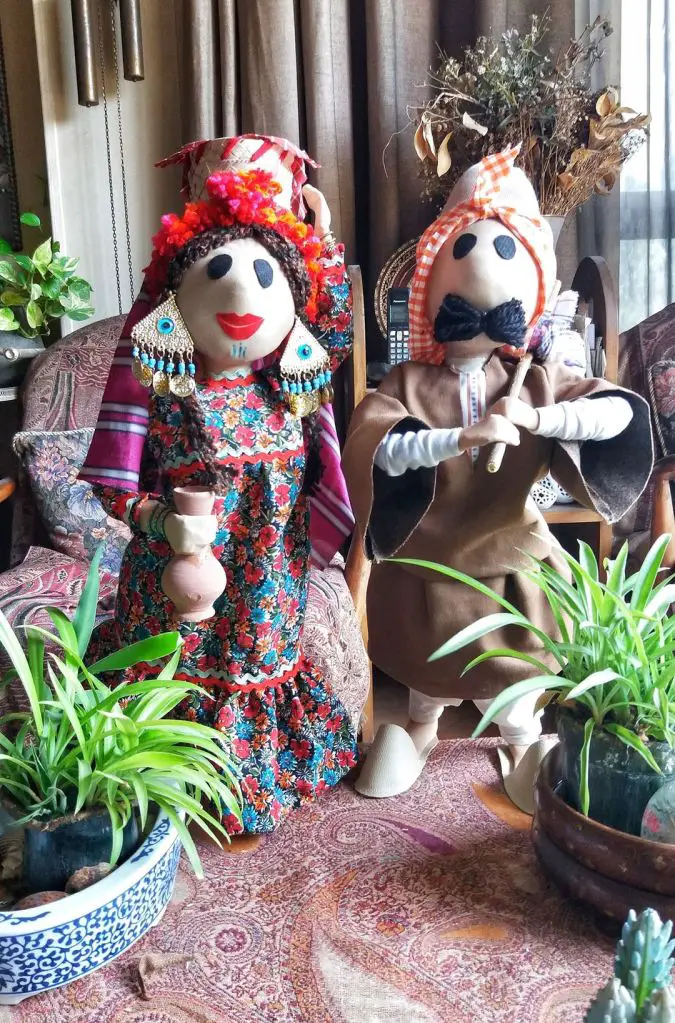
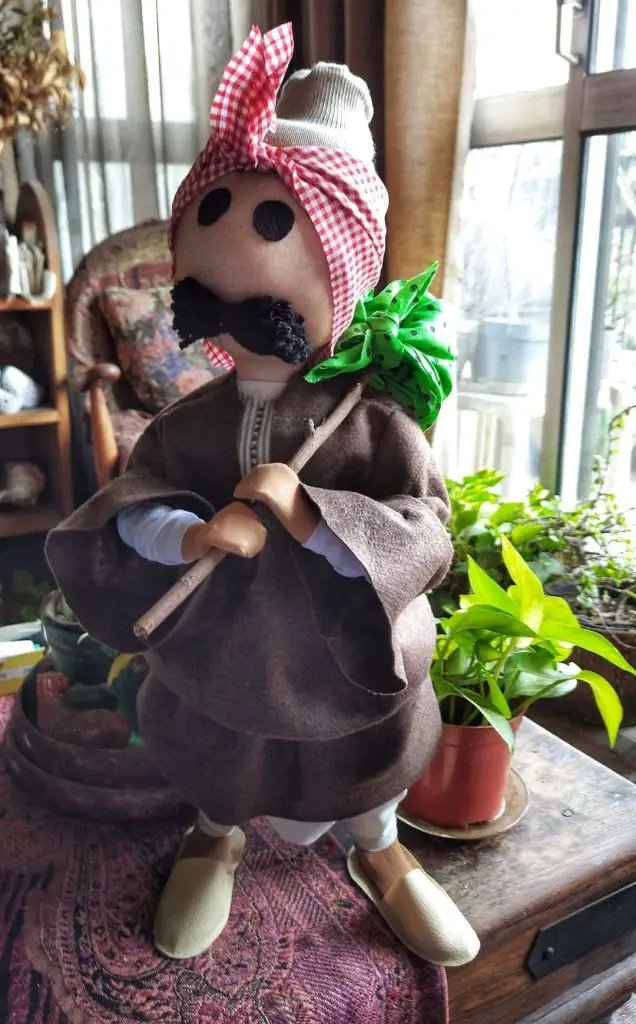
After graduation she studied puppetry at the hands of Russian puppet designers who conducted workshops for Egyptian artists working in the industry. She began her career with the Egyptian puppet theater both as a puppet and set designer.
Following an advice from a friend who owned an art gallery for Egyptian handicrafts, Hassan started her own business to design and manufacture dolls in traditional costumes, similar to the ones tourists purchase as souvenirs from around the world. Commercially, the dolls became a great success.

Hassan sews the costumes of her dolls by hand while the accessories are special ordered and customized to fit each doll.
Nadia Hassan made brides from Nubia, Siwa, peasants from agriculture governorates, fishermen from coastal cities, and many other dolls representing various occasions and festivals.

WoEN: The idea of making dolls pertaining to Egyptian culture is unique and inspiring. Why didn’t you also create dolls inspired by ancient Egypt?
Nadia Hassan: I find it more fitting to create traditional folk dolls in Egyptian clothing rather than focusing on ancient Egyptian themes. My dolls reflects modern Egypt and is more in tune with the present, as the ancient Egyptian motif has been quite extensively overused in recent years.

WoEN: Before entering this field, did your family fully support your decision to become a puppet designer? How did they show their support?
NH: When I was little, my mother used to take my dolls and sew clothes for them so they would have more outfits. At one point, my mother gave me a sewing machine. When I decided to pursue fine arts, my mother encouraged me. Initially, my father was opposed, despite his love for art and artists; he wanted me to enter medical school. However, when he saw my determination to enroll in the fine arts college, he supported me.
WoEN: Would you be willing to provide training and share your knowledge with a group of women who want to learn the art of making folkloric dolls?
NH: Yes, of course, because making dolls should be based on vision, experience, and learning.
WoEN: How has traditional society viewed your job and have you encountered difficulty in the field?
NH: Unfortunately, my dolls are frequently imitated. There is no concept of intellectual property here, and this is one of the biggest problems I face. It is quite distressing when I come across someone copying my work, and, in most cases, these imitations are poorly executed and lack any connection to the art of doll-making.
WoEN: Approximately how long does it take you to made one doll? Have the sales of these dolls within Egypt reflected their success, or is it primarily tourists who purchase them?
NH: Creating the doll typically takes about two days. Not everyone understands that it’s an artistic piece worth preserving. It begins with wire shaped to form the structure of the doll, and then covered with newspapers and fabric until it reaches the final appearance. Unfortunately, foreigners tend to appreciate this art more than Egyptians.


WoEN: Who is the person (s) who had the greatest impact on your career and how?
Three people had a significant impact on me. Firstly, there was the remarkable Hussein Biccar, whose articles I read in “Akhar Al Sa’a” (The Last Hour) detailing his travels around the world. Each article, he talked about a country’s heritage, clothing, and traditions. These articles influenced me when I worked on my fine arts graduation project, where I made dolls from various parts of the world in their traditional attire.
The second person who had an impact on me was Nagy Shaker, a designer and director of “El Laila El Kabira” [puppet show] (The Grand Night). I worked with him as a design assistant for a puppet show called “Himar Shahab al-Din” (Shahab al-Din’s Donkey), and he certainly had a significant influence on me because he is a remarkable artist.
The third person was a Russian expert whose name escapes me at the moment. I collaborated with him in puppet theater and gained valuable insights into specific doll-making techniques under his guidance.
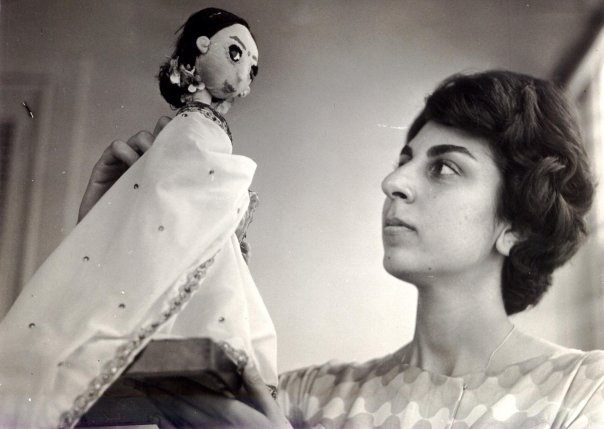
WoEN: Do you think women can maintain a successful career and business in the field you chose in Egypt and the Arab region?
NH: Work relies on perseverance, patience, continuous learning, and, of course, talent. These qualities are certainly present in many Egyptian women.
WoEN: What are your dreams for the future and for the future of puppeteers in Egypt?
NH: I hope people truly understand that making dolls is an art, just like creating beautiful paintings or sculptures. It’s not just a toy; it involves artists who have a clear idea and have learned a lot about this craft. This kind of art is important worldwide, especially in Eastern Europe.
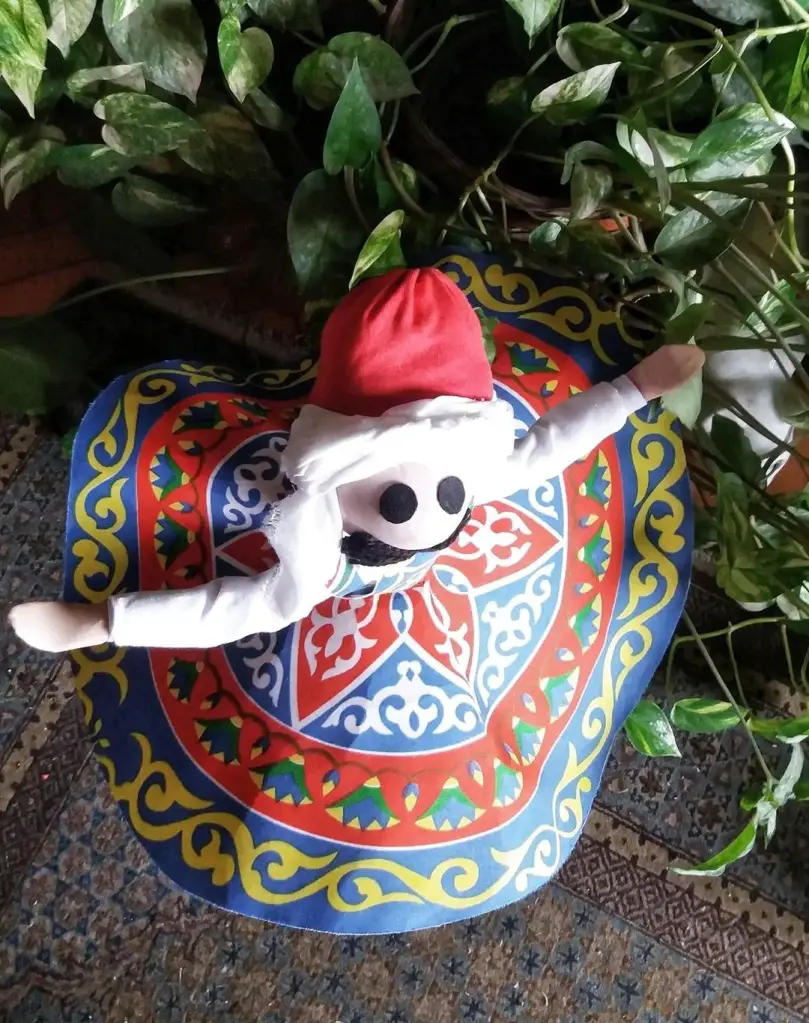
WoEN: If you were given a choice to apply your studies in the Fine Arts department in a different are, what would you choose?
NH: I would have studied painting to produce artwork that captures the beauty of the Egyptian environment.
WoEN: What advice can you offer young girls studying Fine Arts and starting their professional lives in Egypt?
NH: I would advise aspiring artists to embrace qualities like perseverance, patience, a genuine love for learning, and a profound passion for their chosen art, regardless of their specific field of study. They should nurture their craft with love because true art comes from the heart.
***If you liked this article, don’t forget to subscribe to our newsletter and receive our articles by email
